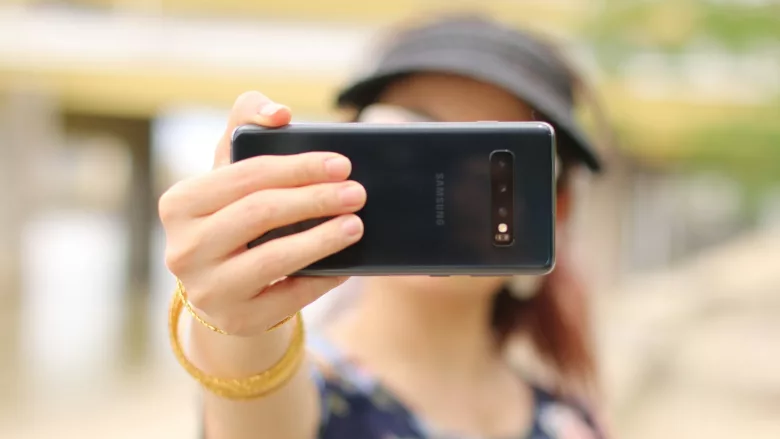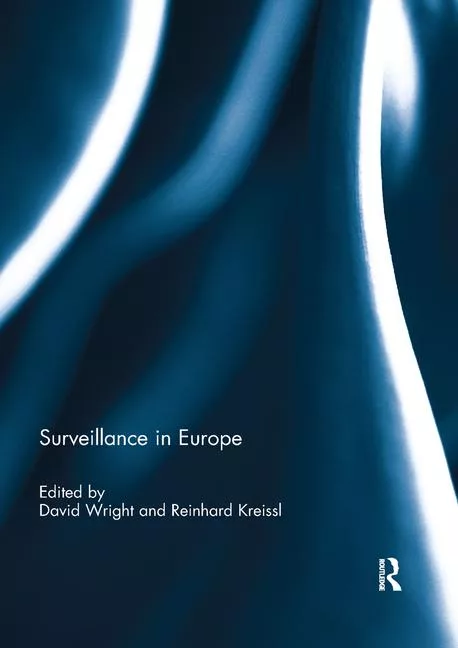“Selfie spoofing” scams are growing in popularity

Image via Unsplash
A report from Socure found an increase in “selfie spoofing” scams, or scams in which a fraud actor takes a target’s selfie in order to authenticate a stolen identity and open fraudulent accounts. The report found that selfie spoofing accounted for 20% of identification document fraud in 2023, preceded only by tampered headshots (21%) and document image-of-image techniques (63%). Selfie spoofing can be easily and quickly deployed due to the accessibility of social media profiles, providing a simple avenue for fraudsters to carry out identity fraud.
Senior citizens (aged 50 years and above) are the most common target of selfie spoofing scams. Around 49% of selfie spoofing scams target senior citizens, making this demographic four times as likely to experience a selfie spoofing incident. According to the report, this is likely due to a couple of factors. Firstly, senior citizens typically have greater assets than younger demographics, making them a more appealing target to a fraud actor. Furthermore, senior citizens are often not as tech savvy, meaning they may be more susceptible to scams.
Looking for a reprint of this article?
From high-res PDFs to custom plaques, order your copy today!





